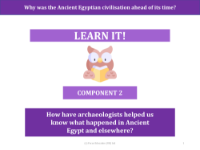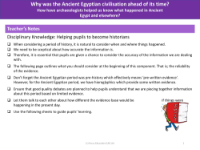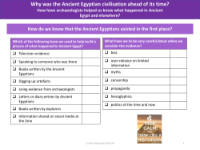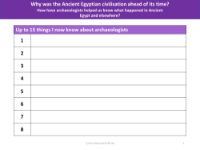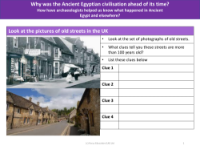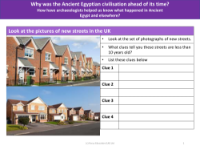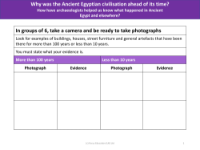How much can we rely on information from 3000 years ago?
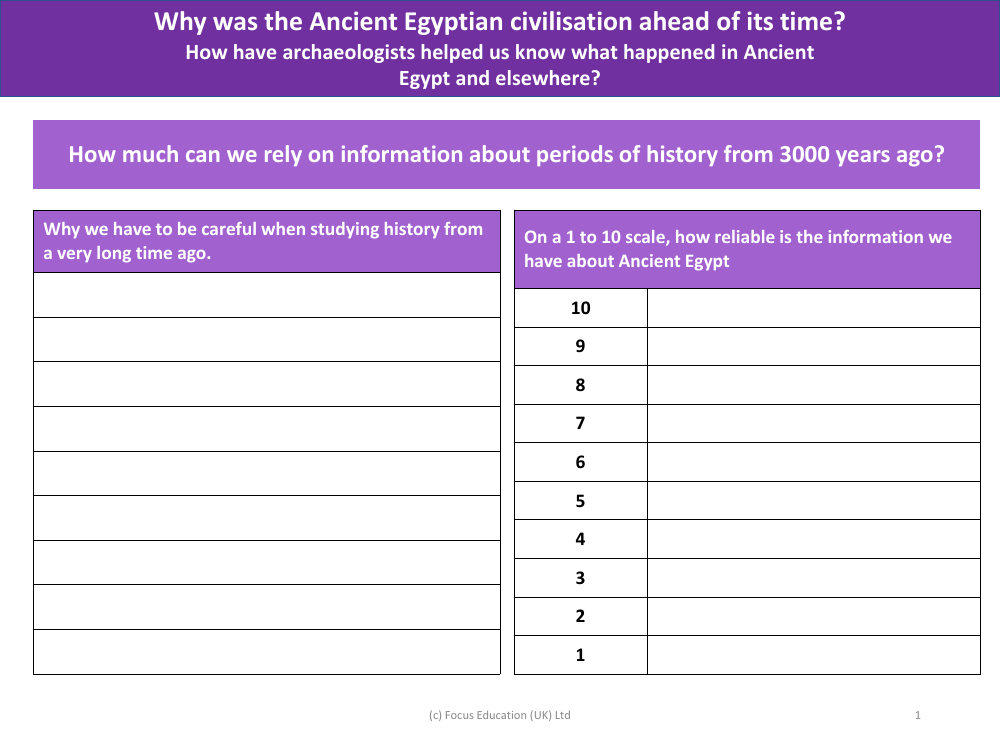
History Resource Description
The reliability of historical information from 3000 years ago varies greatly and is often subject to the availability and preservation of sources. When considering the civilisation of Ancient Egypt, for example, we must acknowledge that while a wealth of artefacts, architectural structures, and written records have survived, they still represent a fraction of the full historical tapestry. The scale of reliability for such ancient information could be debated, but it might hover around the midpoint, reflecting both the substantial contributions of archaeological findings and the inevitable gaps and biases in the data. It's crucial to approach this historical information with a degree of caution, understanding that interpretations can be influenced by the context in which the sources were created and the modern perspectives from which we analyse them.
Ancient Egyptian civilisation is often considered ahead of its time due to its remarkable achievements in areas such as architecture, art, and governance. Archaeologists have played a pivotal role in uncovering the secrets of this ancient society, through painstaking excavation and analysis of physical evidence ranging from monumental structures like the Pyramids of Giza to everyday items that shed light on the lives of ordinary Egyptians. These findings, combined with the study of hieroglyphic inscriptions, have allowed us to piece together a picture of Ancient Egypt, although the complete understanding of their society remains a work in progress. As such, the contributions of archaeologists are invaluable, but the interpretation of their findings must be continually re-evaluated as new evidence comes to light.
